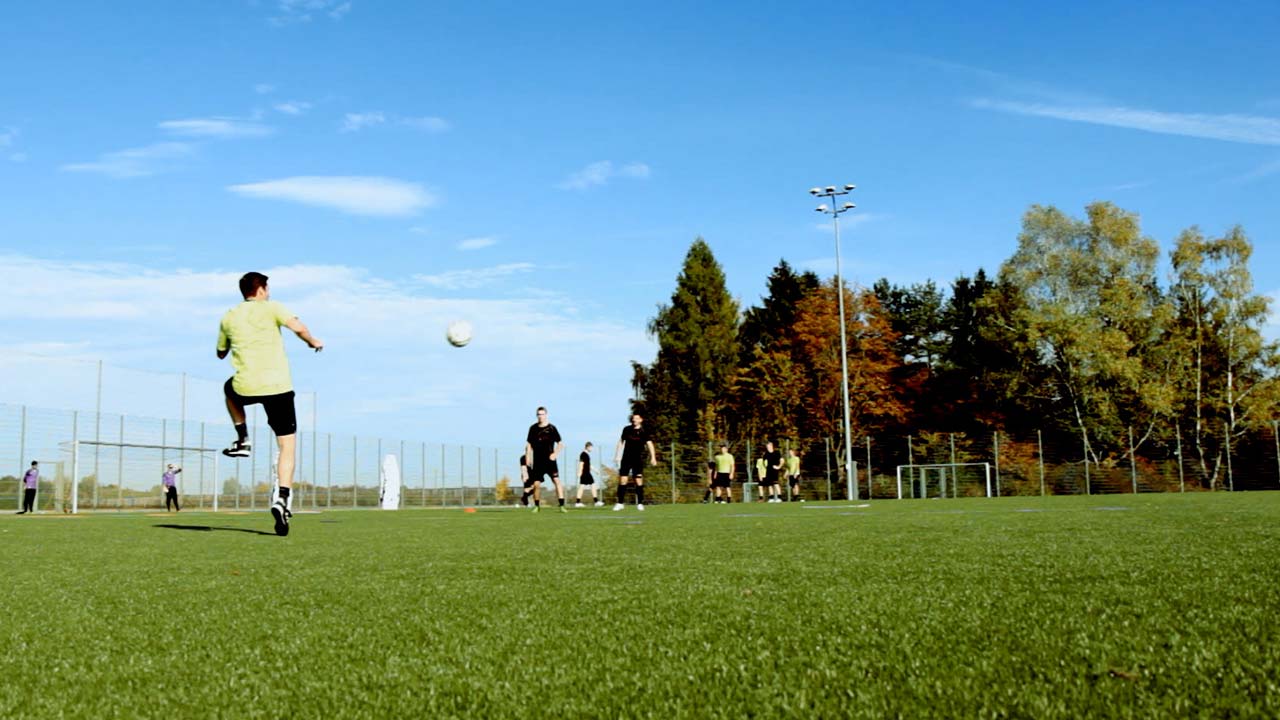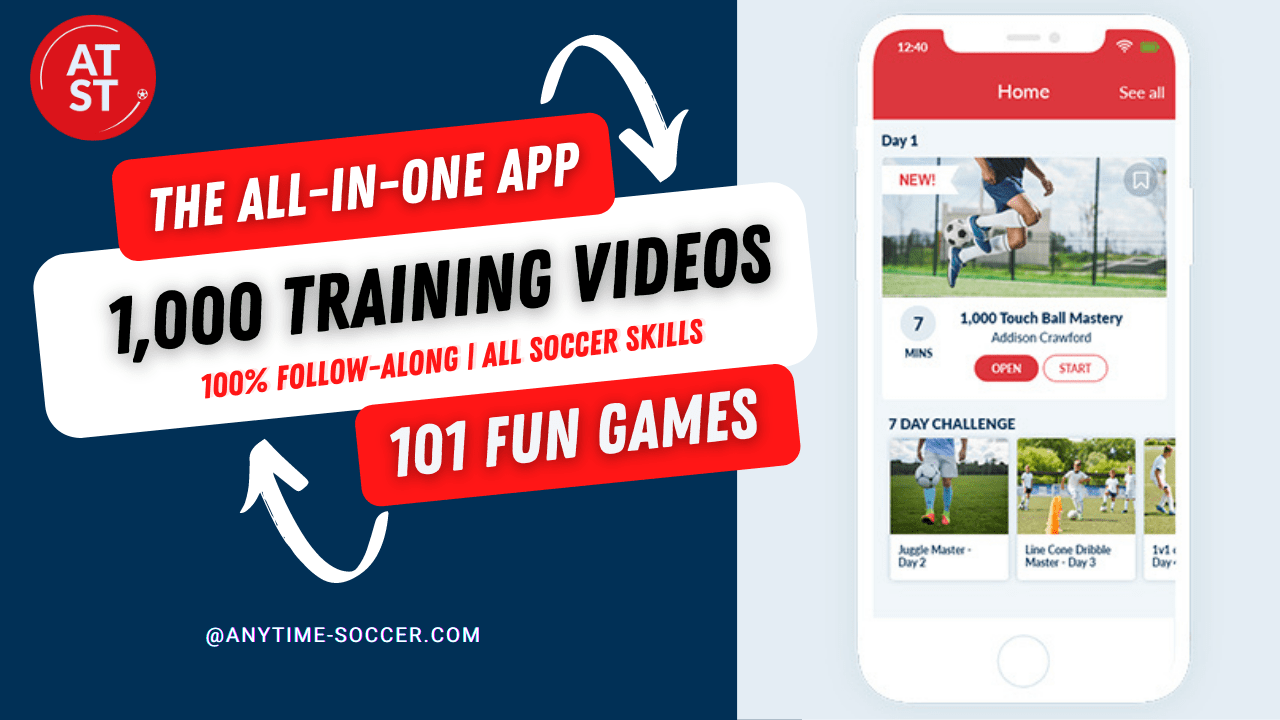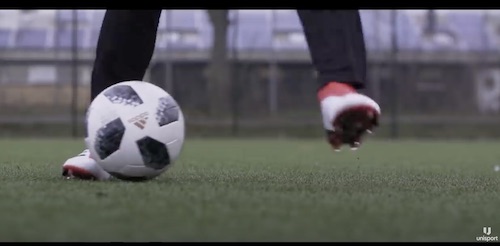


- #SOCCER SKILLS TRAINING VIDEOS HOW TO#
- #SOCCER SKILLS TRAINING VIDEOS PRO#
- #SOCCER SKILLS TRAINING VIDEOS FREE#
If you know both of these ways to pass you’ll be able to have more accuracy. The reason is because sometimes the ball will be too close to you, not always in that perfect place to pass how you want.
#SOCCER SKILLS TRAINING VIDEOS HOW TO#
To do this it really helps if you know how to kick properly with your laces and bend the ball. Second I think of a outside mid or back crossing the ball in for a cross. When passing long using only one touch, I think of a defender clearing the ball out. Another reason inexperienced players think they have to pass to only the open player is because coaches tell them to pass to the open player. One reason is because when the level isn’t that high, players lose the ball more. It’s one thing to pass the ball great when you’re fresh, it’s another when tired.Īlways remember to warm up and stretch good before you start sprinting or training heavy.Ī less experienced player thinks they can only pass to their teammate who’s “open”. Maybe you do some fitness before you do your fundamental passing drills. When working on the basics you can do two things:


So before you think EVERY drill has to be difficult to improve, know that even the best pros work on the fundamentals a lot. Your attitude and knowledge is vital IF YOU WANT TO KEEP IMPROVING.
#SOCCER SKILLS TRAINING VIDEOS PRO#
One of the biggest differences when I went from high school to college to pro was players able to handle the ball under pressure. And if the player isn’t open, you can still pass your teammate the ball. When team is positioned and moving well, there should be players open most of the time. If the passes are mostly long, we have to ask ourselves are we playing “kick ball” or are we trying to possess and keep the ball? Most passes are or should be shorter 7 – 10 yard passes.
#SOCCER SKILLS TRAINING VIDEOS FREE#
Feel free to adapt these ideas for what works best for you. Check out the content and videos below to learn more. In this post today, I’m covering first touch passing. I typically think of trapping first and think most coaches are talking about trapping, when talking about first touch. If your coach says your first touch needs to be better, maybe ask them if they are talking about your passing or trapping. Both are very important, but it’s important to know. The soccer drills listed below are age specific soccer drills for Under 13 Soccer Drills (U13 U-13 Soccer Drills), Under 14 Soccer Drills (U14 U-14 Soccer Drills), Under 15 Soccer Drills (U15 U-15 Soccer Drills), Under 16 Soccer Drills (U16 U-16 Soccer Drills), Soccer Games and Soccer Training Sessions.īrowse the Highest Rated U13, U14, U15 and U16 Soccer Drillsīrowse Soccer Drills for Under 13, Under 14, Under 15, and U16 Soccer Coaches.First touch passing drills is different from first touch trapping. Work in these small-sided groups and keep the training sessions competitive, challenging, and everyone involved. Introduce competitive team activities of six to eight people to start focusing on the more extensive set of tactics. Warm-up is critical at this age as muscle, ligament, and skeletal changes are occurring. Training sessions should be between one and a half hour and two hours. Under 13, Under 14, Under 15, and Under 16 Soccer Drills, U13 U14 U15 U16 Soccer Drills, U-13 U-14 U-15 U-16 Soccer Practices Because of these self-critical thoughts and physical changes, it's often on the coach to challenge, motivate, and involve players. Popularity and self-esteem coupled with early or late stages of puberty sometimes produce an "all-knowing" attitude. When coaching Under 13, Under 14, Under 15, Under 16, and High School level players, expect them to be able to perform a range of skills.


 0 kommentar(er)
0 kommentar(er)
